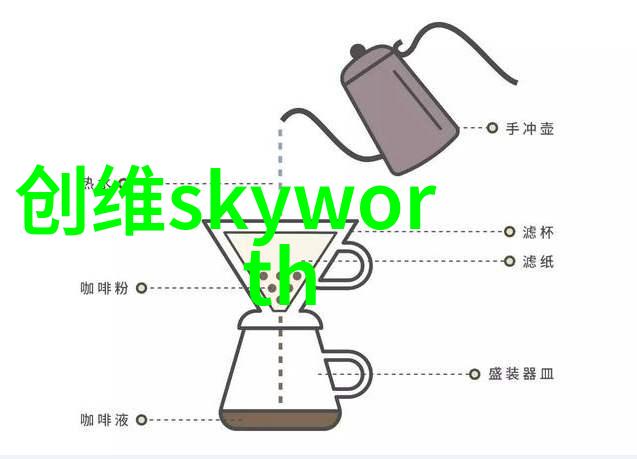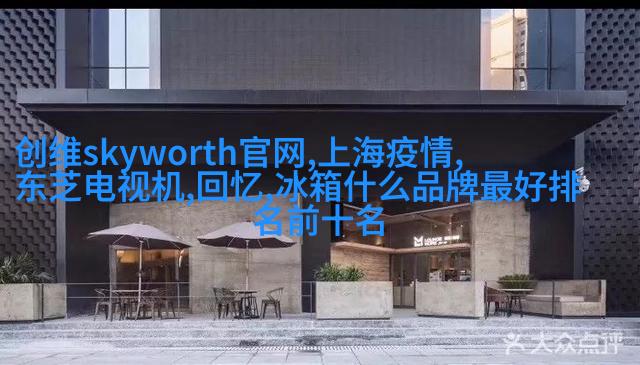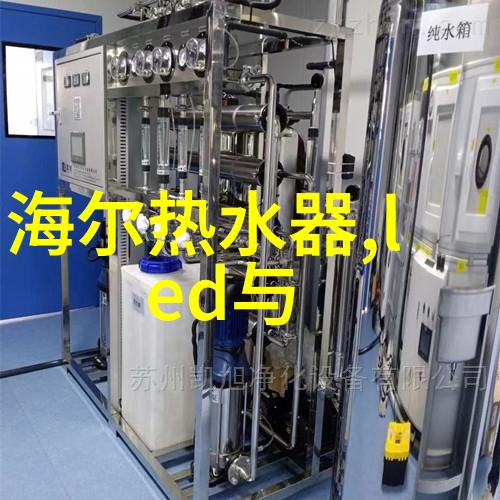污水处理工程技术与环境可持续发展的深度探究
污水处理工程技术与环境可持续发展的深度探究

在现代社会,随着工业化和城市化的迅猛发展,人口数量的增加以及生活水平的提高,都导致了大量废水排放的问题。这些废水中含有各种有害物质,对于人类健康、生态环境和自然资源都造成了严重威胁。因此,如何有效地处理和利用污水成为了一个迫切需要解决的问题。
污水处理工程概述

污水处理工程是指将城市生活污水、工业废水等通过物理、化学或生物学方法进行净化,使其达到一定标准后再排入环境中的过程。这一过程包括预处理、初步处理、中间处理、高级处理及终末处置五个阶段,每个阶段都有其特定的技术要求和功能。
环境可持续发展理念

环境可持续发展是指满足当前世人的需求,同时不损害子孙后代满足自己的需求。在这一理念下,污染控制成为不可忽视的一环。通过高效的污水处理工程,可以减少对自然系统的压力,为实现资源节约型社会提供基础保障。
物理法治则

物理法治则主要依靠物理作用,如沉淀、浮选、过滤等来去除悬浮固体和油脂。此外,还可以采用离心分离机、大气浮选机等设备来提高效率。这种方法简单易行,但对于化学品浓度较高或者生物性大规模微生物影响较大的情况,不太适用。
化学法治则

化学法治则通过添加化学药剂改变废水中物质之间相互作用,以达到净化目的。这通常包括酸碱平衡调节(pH值调整)、氧化还原反应(如二氧化氮脱氢)以及复合式消毒剂使用等。在实施时需注意药剂成本与效果之间的平衡,以及潜在对人体健康影响的问题。
生物法治则
生物法治则依赖于微生物群落对有机污染物进行分解降解,是目前最为广泛应用的一种净化方式。它能够有效去除BOD5(五天活性生计量),并且具有良好的稳定性和经济性。但是在实际操作中,也需要考虑到温度控制、营养盐补给以及抗逆能力强弱等因素以确保其稳定运行。
跨界综合利用策略
随着科技进步,一些先进工艺如膜技术结合传统物理或化学法已经逐渐融合,使得单一工艺难以覆盖所有问题,因此跨界综合利用策略变得尤为重要。这意味着不同工艺要协同工作以达成最佳效果,而不是孤立地使用某一种方法。此外,将能量回收作为目标,比如热能回收至供暖系统或电力发电,这样的全方位思考也将促进资源循环利用,从而更好地服务于可持续发展目标。
技术创新与未来展望
在不断推动技术创新方面,我们可以期待更多新型材料、新型装备、新型工艺出现,以进一步提升污水处理效率,并降低能源消耗。本文所提到的每一种手段都是向着更加完善、高效的地球管理迈出了一小步。而对于未来的展望,则应积极寻求多元合作,在全球范围内共享清洁技术,同时加强国际交流,加快绿色科技研发速度,以应对日益增长的人口带来的挑战,为地球母亲注入新的生命活力。
综上所述, Pollution Control Technology is an essential part of the Environmental Sustainable Development Strategy, and its significance cannot be overstated in this modern era of rapid industrialization and urbanization, as well as population growth and rising living standards that lead to increased wastewater generation issues affecting human health, ecological systems, and natural resources alike.
The five major aspects discussed here include: (a) Overview of Wastewater Treatment Engineering; (b) Principles of Environmental Sustainability; (c) Physical Methods for Wastewater Treatment; (d) Chemical Methods for Wastewater Treatment; (e) Biological Methods for Wastewater Treatment; and finally (f) Cross-Disciplinary Comprehensive Utilization Strategies.
As we move forward with technological innovation in these areas to improve efficiency while reducing energy consumption, it becomes clear that each step taken toward better management on our planet brings us closer to achieving a more sustainable future where technology serves humanity rather than threatening it through pollution.
In conclusion, understanding the importance of pollution control technology within the context of environmental sustainability is crucial for solving global challenges such as climate change by addressing water scarcity concerns arising from increased waste production due to growing populations worldwide.
To ensure a safe environment where life thrives without harm or damage inflicted upon nature's delicate balance between ecosystems' integrity & biodiversity conservation efforts are integral components along side technological advancements towards cleaner water solutions – making sure they're accessible at affordable costs across all nations regardless their socio-economic status levels!
By embracing cross-disciplinary approaches combining physical chemical biological methods alongside integrated technologies including advanced materials equipment processes coupled with research development collaborations locally internationally there lies hope not only minimizing negative impacts but also maximizing positive outcomes leading towards a greener world filled with clean air fresh water abundant wildlife habitats thriving communities!






